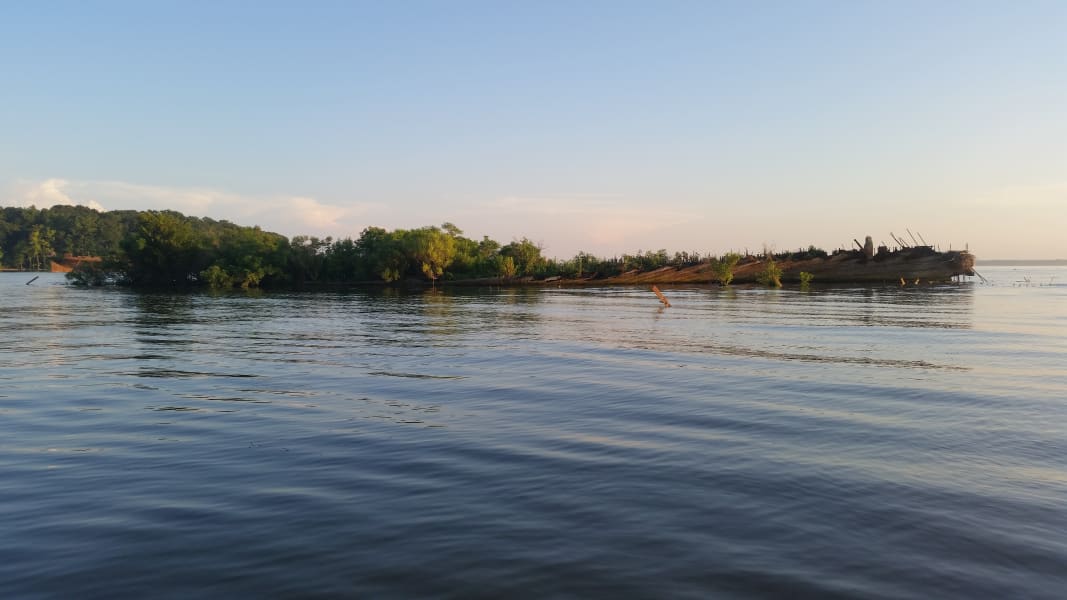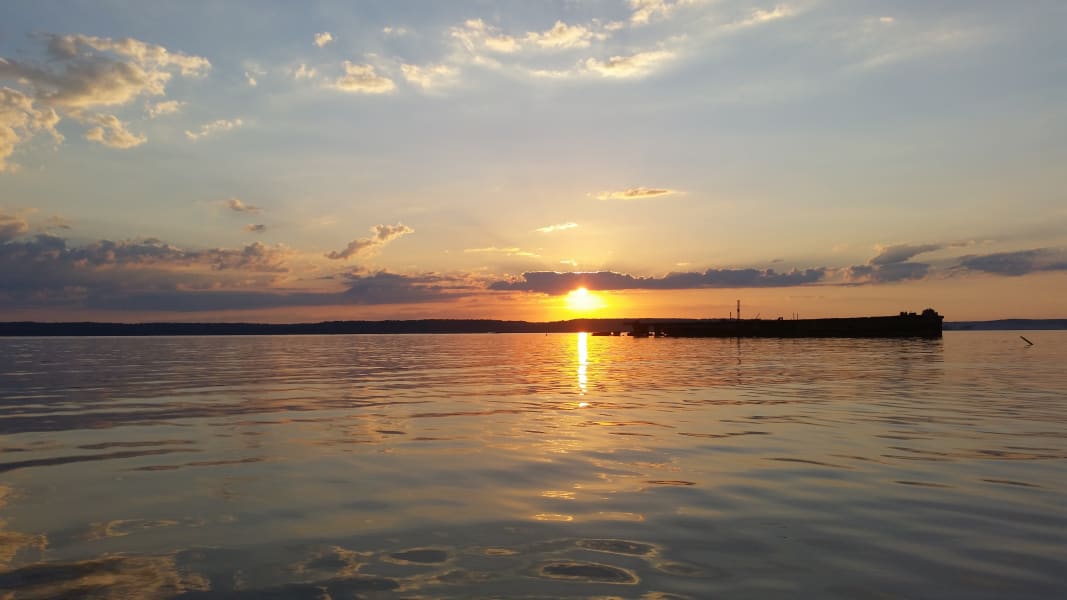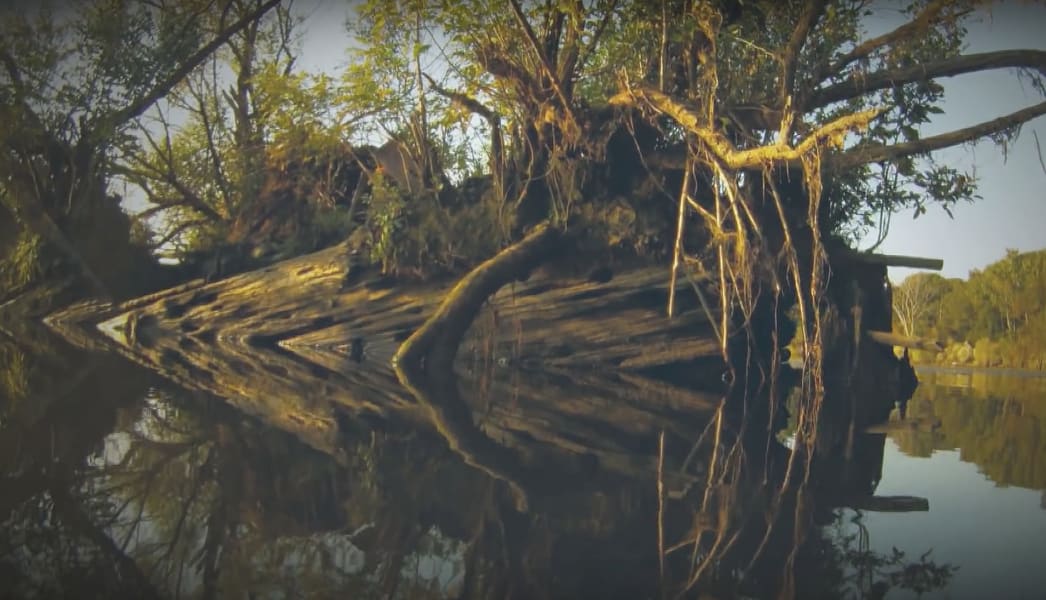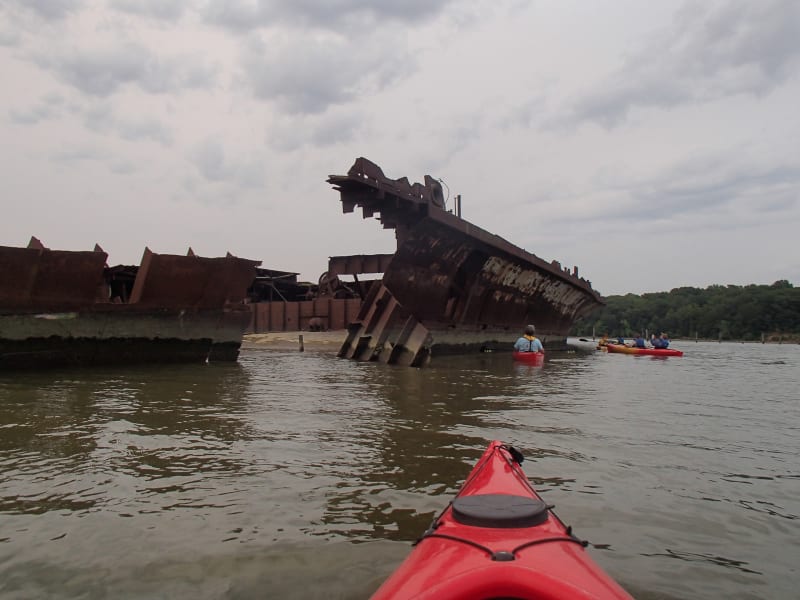Sport
Mallows Bay: The ship graveyard revived by nature
Published 1311 GMT (2111 HKT) January 8, 2016
Share
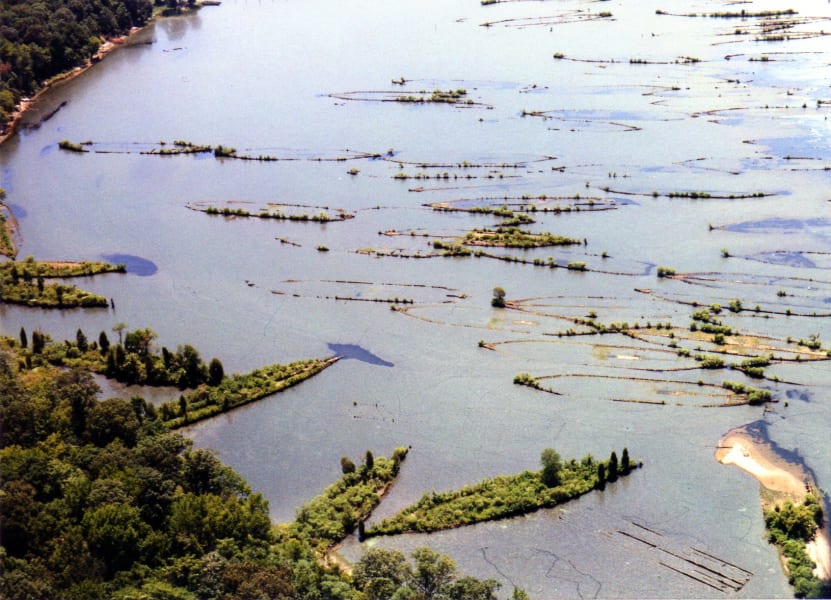

1 of 19
The ship graveyard in Mallows Bay, Maryland, is home to historic shipwrecks dating back to the American Civil War. © Don Shomette
The 185 documented vessels at Mallows Bay have become a nature haven for species including the great blue heron. Locals have nominated the area for national marine sanctuary status -- the U.S. has only 14 such protected areas. Maryland Department of Natural Resources
Nature has wrapped itself around the rotting hulls of many of the wooden steamships in Mallows Bay. Chesapeake Conservancy
Rare bird species like the osprey and bald eagle have flourished, making nests on board many of the ships. Maryland Department of Natural Resources
Populations of many bird species were severely depleted during the mid-20th century in the U.S. due to widespread use of the pesticide DDT. Only after it was banned in the early 1970s did the likes of bald eagles start to recover. Maryland Department of Natural Resources
Mallows Bay, a 14-square-mile site, lies in the Potomac River, 30 miles south of U.S. capital Washington D.C. Maryland Department of Natural Resources
The area has huge historical maritime significance, and contains around 100 wooden cargo steamships built to aid the allied effort during World War I. Maryland Department of Natural Resources
The U.S. planned to build a thousand of the wooden ships in just 18 months and sail them to Europe carrying supplies for the fight against Germany. Maryland Department of Natural Resources
A military steel vessel during construction circa 1917. The photo illustrates the effort the U.S. went to during WWI. The image is taken on day 13 of a 17-day build. Hulton Archive/Hulton Archive/Getty Images/file
The sinking of the Cunard ocean liner Lusitania by a German U-Boat off the Irish coast in May 1915 illustrates the ruthless nature of Germany's "unrestricted submarine warfare." More than 1,200 people lost their lives, including 128 American citizens. The tragedy helped bring the U.S. into World War I. Three Lions/Hulton Archive/Getty Images/file
A wooden ship built for the U.S. Shipping Board Emergency Fleet Corporation in Bellingham, Washington. The majority of wooden boats constructed never saw war service. Most were sold for salvage and then burned and sunk. This particular boat was painted with "dazzle" camouflage. MPI/Archive Photos/Getty Images/file
Many of the wooden vessels that ended up in Mallows Bay were torched and scuttled. Chesapeake Conservancy
German U-Boats were sinking around half of all allied vessels at one point during the war. The majority of the steamboats were ultimately not needed because the war ended in November 1918. © Donald G. Shomette
After the war the U.S. government ended up selling more than 200 boats for just $750,000 to a ship salvage company. The majority of the wooden fleet was brought to Mallows Bay to be stripped of metals and other reusable parts. Maryland Department of Natural Resources
Pictured here is the Accomac, a steel-hulled ferry boat built in 1928 and decommissioned in 1964 following a fire. Chesapeake Conservancy
Dozens of other vessel were dumped at Mallows Bay. Today, tourists, historians and nature lovers can explore the site in a kayak. Maryland Department of Natural Resources
Many of the wooden boats are like giant flowerpots, supporting flora and fauna. The ships made for WWI ranged from 270-300 feet (80-90 meters) in length. Maryland Department of Natural Resources
There is an abundance of other wildlife in the area, including beaver, otters and deer. Fish such as striped bass are also thriving, making the site a popular destination for amateur anglers. Maryland Department of Natural Resources
The bid to make Mallows Bay a national marine sanctuary has received the backing of many locals, according the Chesapeake Conservancy. A final decision on the bid will be made in early 2017. Maryland Department of Natural Resources
